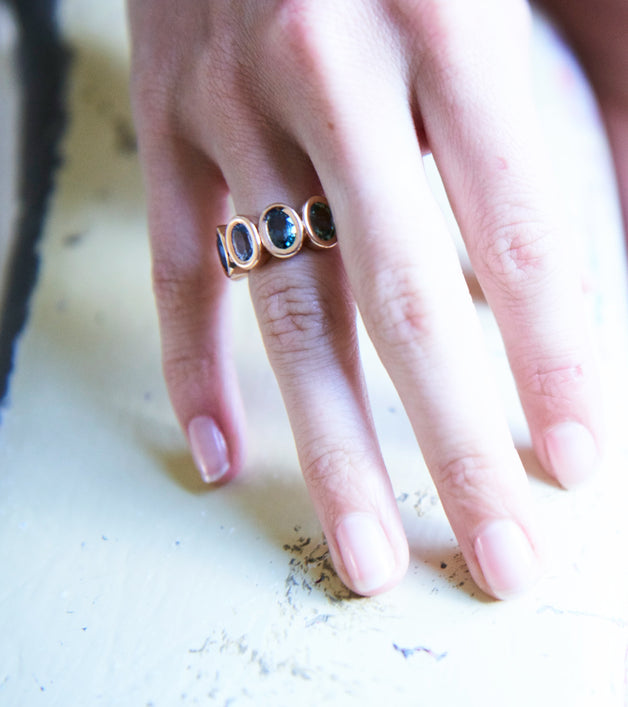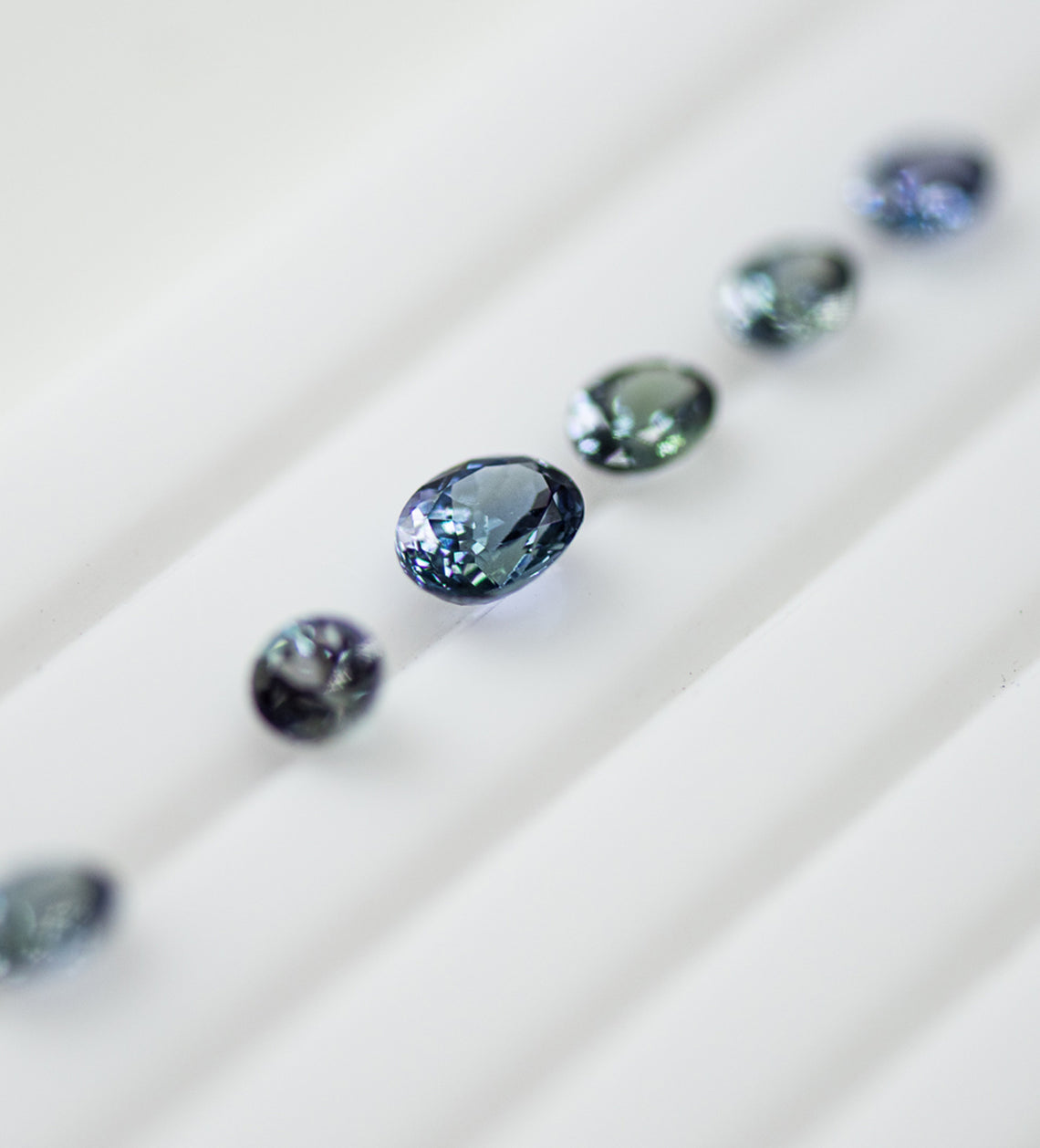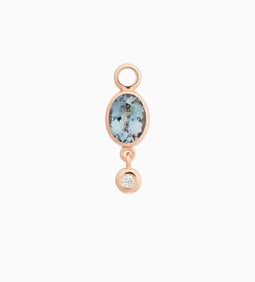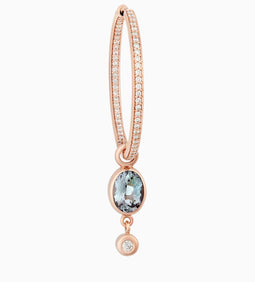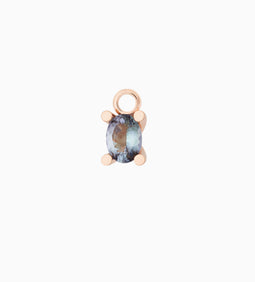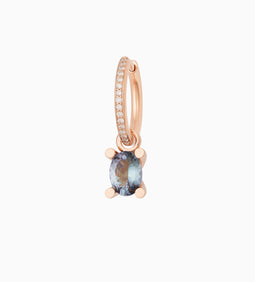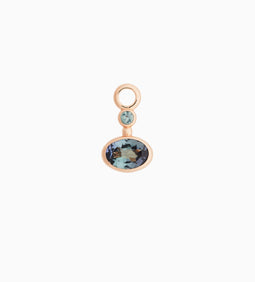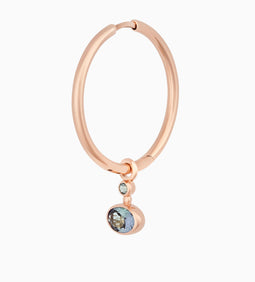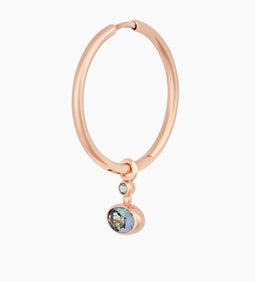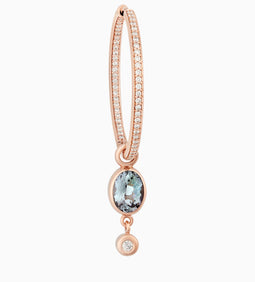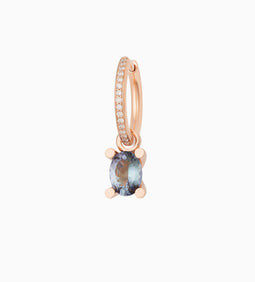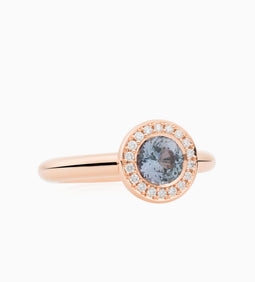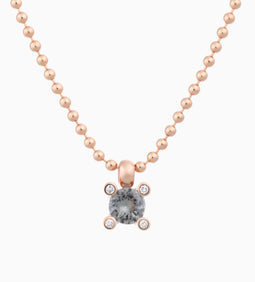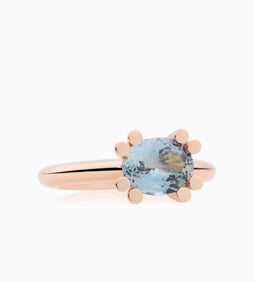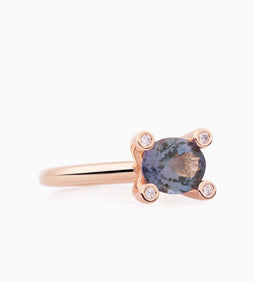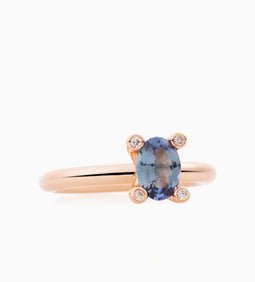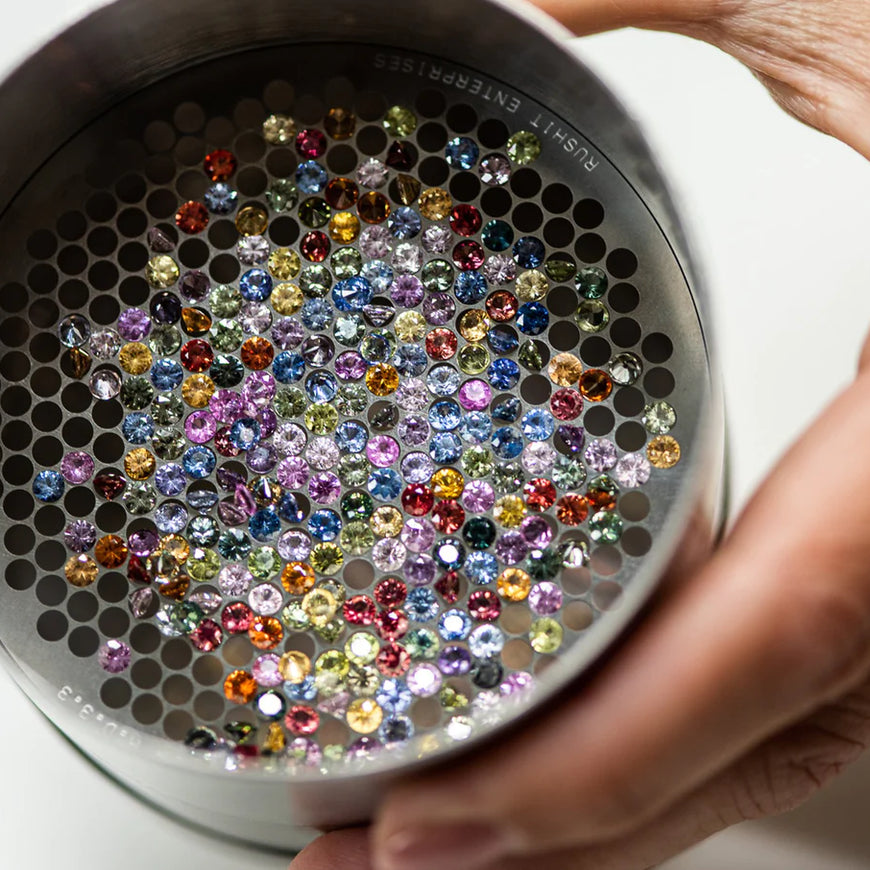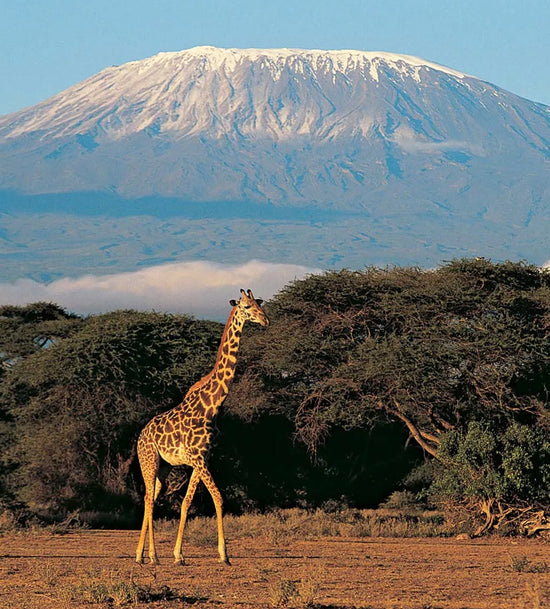
Story of a Name
Initially, the gem was named “skaiblu”, Swahili for sky blue. In its early days, it was also known simply as “zoisite” - the mineral from which it descends. Just one year after its discovery, the stone was presented to New York jeweler Tiffany & Co, who fell in love it at once. Yet as “zoisite” rhymes with “suicide” they filed for the name “tanzanite” which it carries today: an eternal reminder of its birthplace.
The Power of Color
When it comes to dazzling colors, few gems can compete with tanzanite’s breathtaking shades of indigo, blue and violet. As a so-called pleochroic (meaning “more colors”) stone, it can also carry streaks of red and yellow, green or brown. Depending on the light, and the angle from which it is viewed, the intensity of its inner shades changes constantly. In our collection, we use a “bi-color” tanzanite that comes from a specific layer of rock in the Tanzanian mines. It is a stunning yet natural blue, streaked with a touch of green.
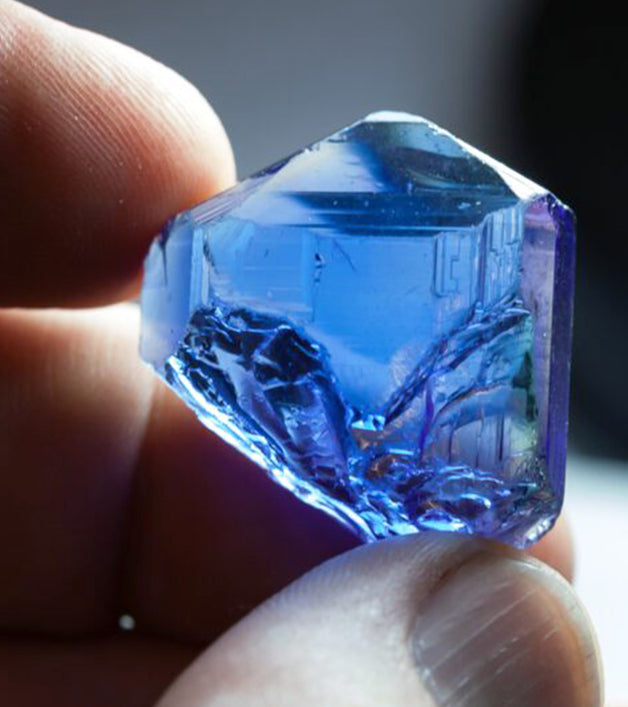
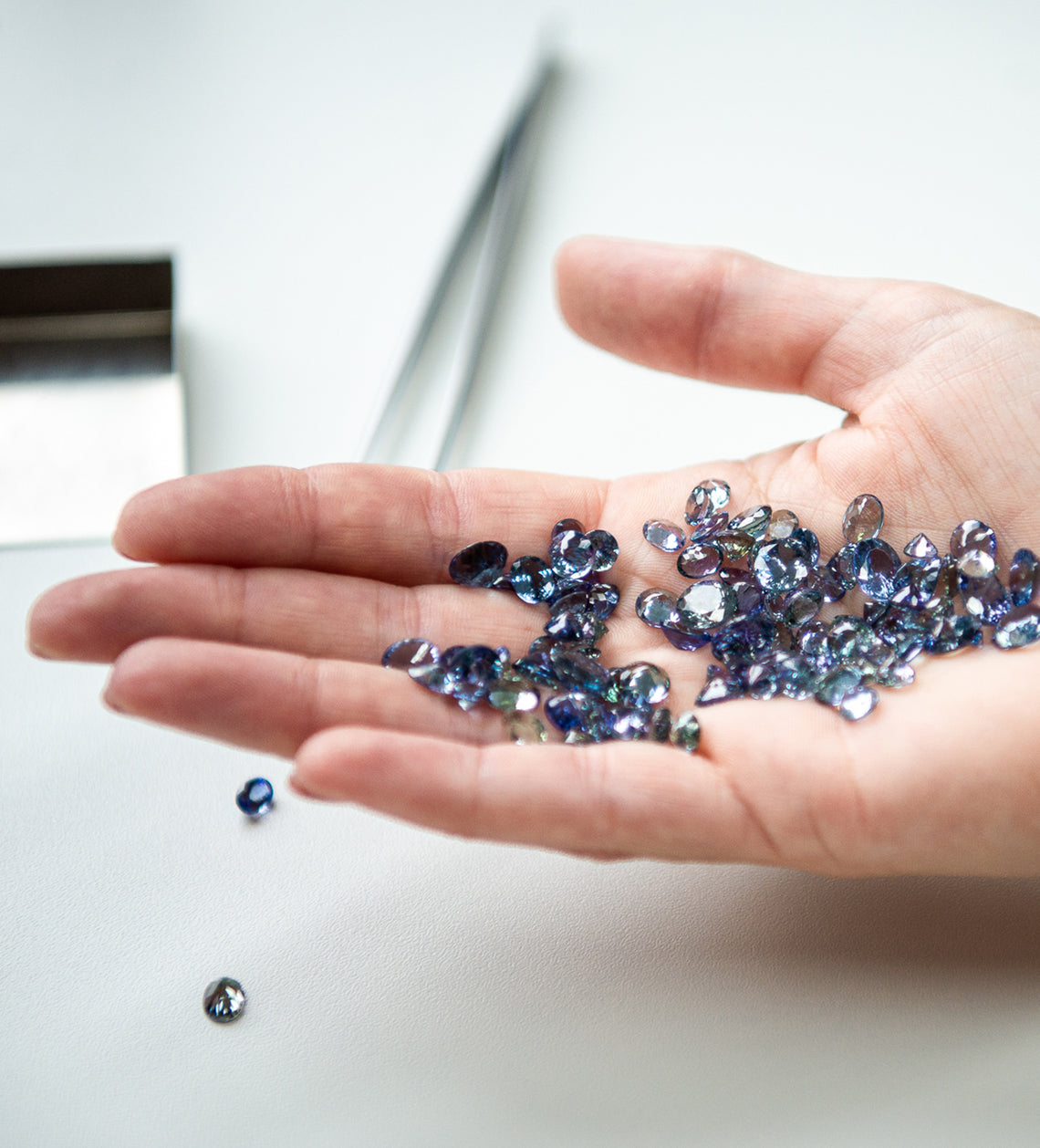


Handpicked
With a hardness of 6.5-7 on the Mohs scale, tanzanite is comparable to quartz, and is particularly suitable for earrings, necklaces or pendants.
Just like diamonds, tanzanite quality is defined by 4 Cs: colour, clarity, cut and carat (i.e. weight). The world’s largest tanzanite is the Mawenzi: a crystal of 16,839 carats, weighing in at 3 kilograms!
Origin
To this day, the only deposits of tanzanite known to the world are found in a 5 kilometer strip of land at the foot of Mount Kilimanjaro, Northern Tanzania.
